Breaking Down the Physics of Wok Tossing
It is a subtle art and an even subtler science.
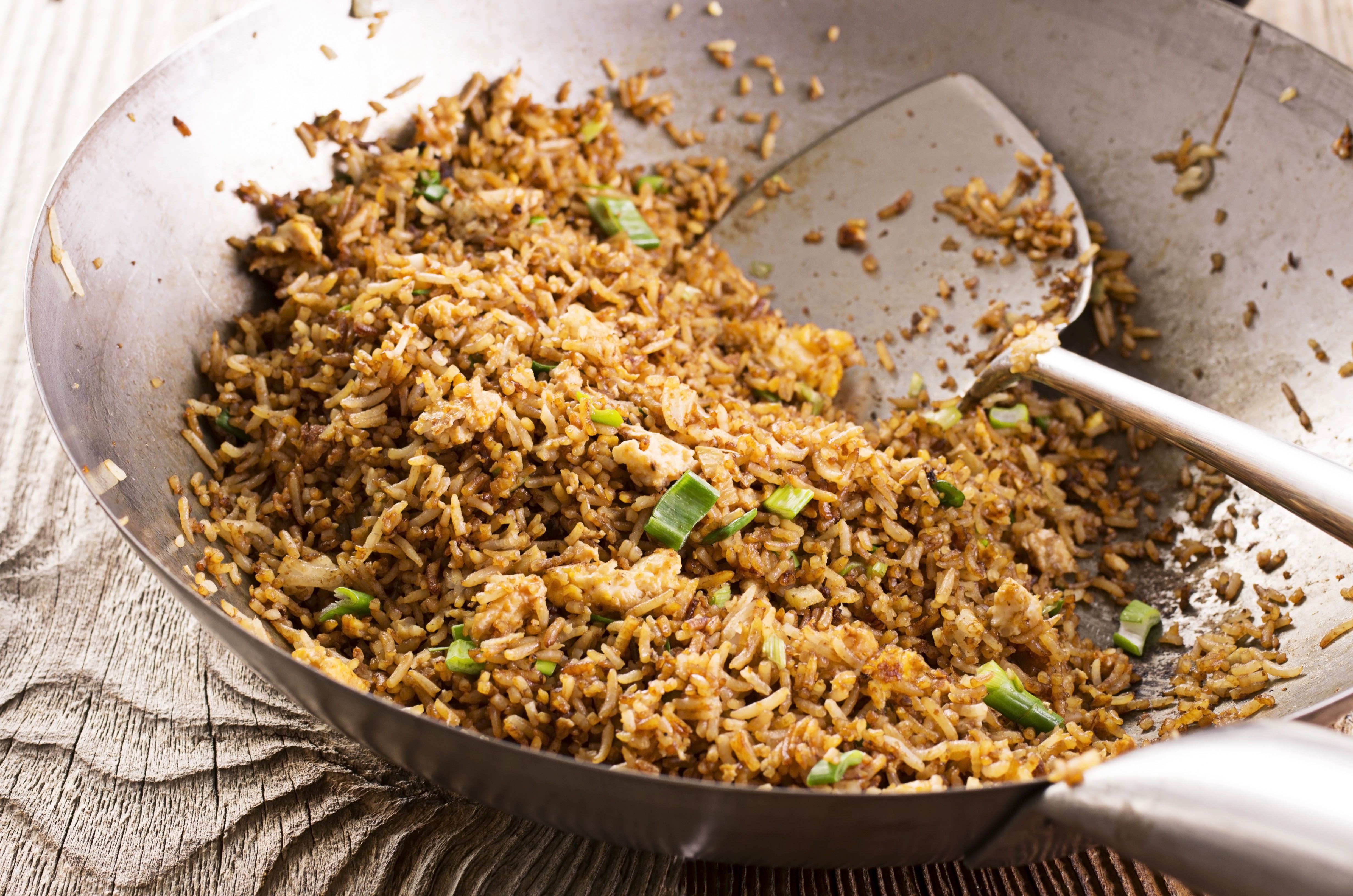
Although it might look simple, cooking fried rice with a wok is a subtle art and an even subtler science. Rice grains need to be in constant motion, moving up and sideways, flying through the air without leaving the bowl. The Mandarin word is chǎo, where ingredients are tossed in hot oil, cooking but never burning.
“You can’t eat at a Chinese restaurant, at least a good one, without eating some kind of stir fry, usually made in a wok” says David Hu, a fluid dynamics scientist at Georgia Tech. “It’s been around for thousands of years and we still don’t know how they got it to work so well.”
Hu and his graduate student Hungtang Ko have been spending the past year trying to understand the science of the wok. Their expertise in fluid dynamics allows them to examine the liquid-like nature of thousands of rice grains circling the wok surface in constant motion. “It’s like a wave,” says Ko. “With certain movements you can control the trajectory of many rice grains at the same time.”
Before starting his Ph.D., Ko spent a year in rural Taiwan teaching English. He grew curious about the mechanics of the sizzling, churning woks being tossed in local restaurants, and Hu, his future Ph.D. advisor, encouraged him to take some videos that they could later examine in the lab.
Ko focused on two local chefs who learned how to cook at a Taiwanese culinary school and had been professionally tossing woks for 30-plus years. Their restaurants, popular hang-out spots in Taitung County, specialize in stir-fry. Ko befriended them and watched them handle their heavy iron woks for hours at a time.
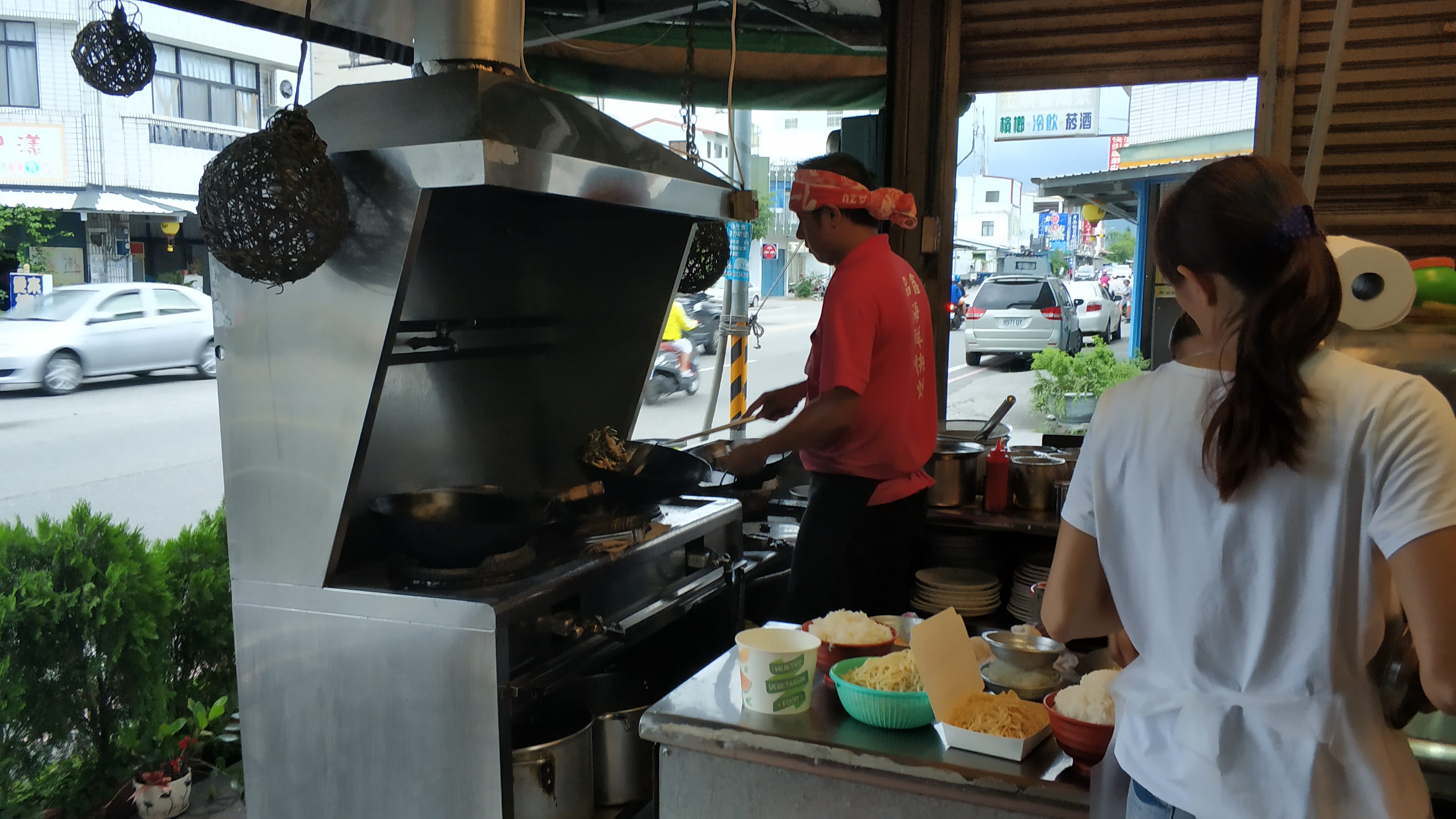
After examining footage in the lab, Ko and Hu were able to identify a continuously repeating cycle which keeps a wok’s contents in constant motion. The cycle, lasting about a third of a second, contains two distinct motions: one “translational,” in which the chef moves the wok forwards and backwards, and one “rotational,” in which the chef tilts the wok back and forth like a see-saw. The result? Perfect stir-fry.
“The food has to do this dance where rice grains are basically charred and then spun up in the air, so they don’t get too charred,” says Hu. “It only touches the wok for a short period of time and then the motion is kind of like a ski jump, because it allows the food to sort of fly off the edge of the wok.”
Hu and Ko also observed that the two motions are out of phase, which allows the rice to move in a circular pattern. “It’s really a matter of timing,” says Hu.
For Hu, this study fits perfectly with his research agenda, which is all about demystifying the wonders of everyday life. “I really like it when I can get people to pay attention,” he says. “There’s so much interesting science going on, and these chefs make it look easy, but if you try it, it’s quite hard.”
Hu’s other every-day wonders include rafting ants, cat tongues, and animal urination. (That last one earned him an Ig Nobel Prize).
The ultimate goal of this wok research is to create a robot that can cook fried rice as well as the pros. Ko says this work is arduous, and many chefs develop arm injuries after years of wok tossing.
But, Ko adds, even the perfect robot could never replicate the experience of homemade stir-fry.
“The mechanics of tossing woks can potentially be replaced by robotics,” Ko says, “but the atmosphere, relationships, and culture that chefs bring to restaurants? That’s not replaceable.”
Gastro Obscura covers the world’s most wondrous food and drink.
Sign up for our email, delivered twice a week.







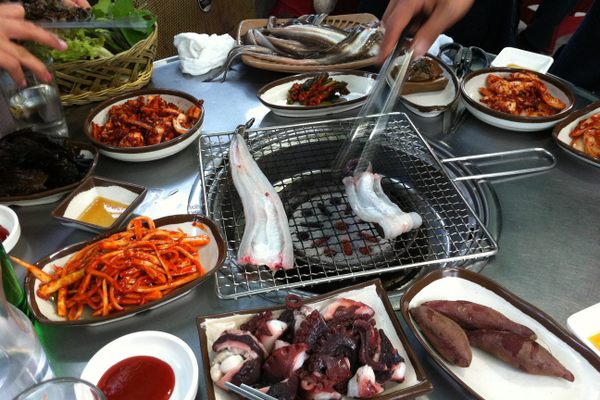
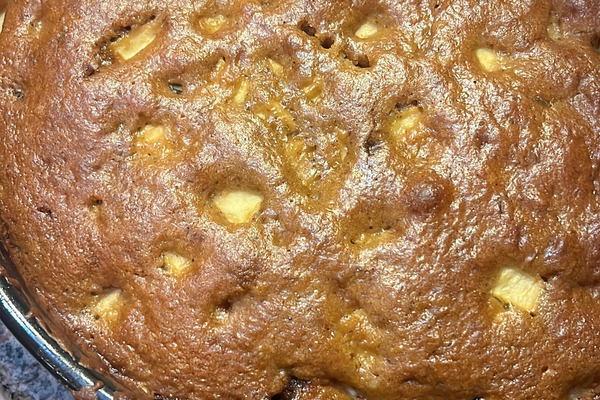









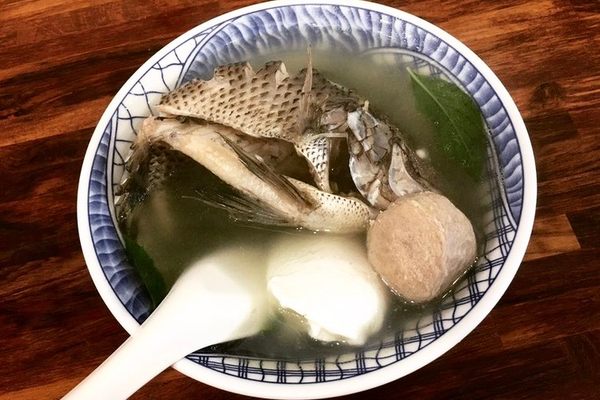


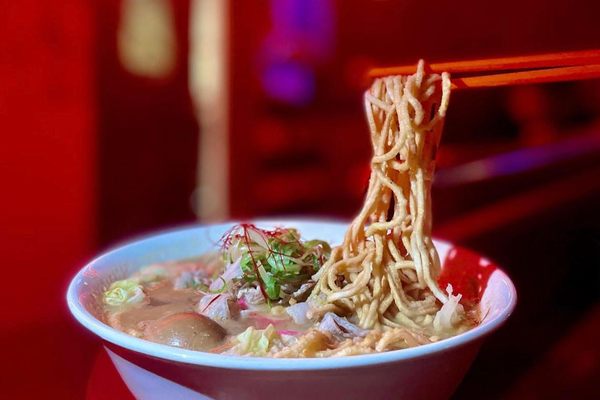




Follow us on Twitter to get the latest on the world's hidden wonders.
Like us on Facebook to get the latest on the world's hidden wonders.
Follow us on Twitter Like us on Facebook